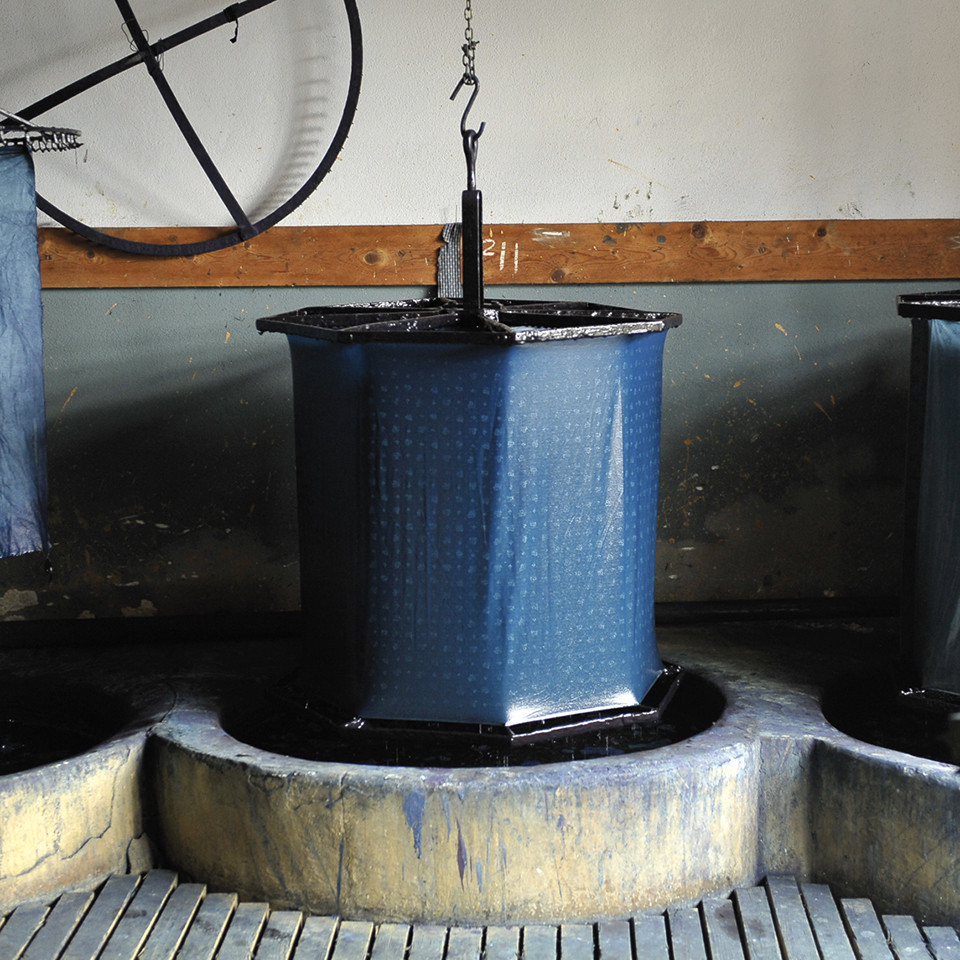
This text was published in HARD COPY 19 / Spring 2023
Wild and free



Text by Mirjana Bernstorf
In each issue, we write about a home experiment which aims to make our lives more sustainable. This time, Mirjana (Content & Branding Manager, Key Accounts) has a go at wild fermentation – an easy way to make seasonal produce keep for longer (and give it flavour that packs a punch!).
The scent of Chinese cabbage, garlic, ginger and fermentation hangs in the air. Kimchi is bubbling away merrily in my kitchen, and already I feel sure that my first attempt at fermentation won’t be my last – even though the bright red fermentation lid clashes with my kitchen’s colour scheme. After all, it’s worth making sacrifices for umami taste sensations. Far from being a new trend, fermentation is an ancient method of extending the shelf life of produce and making it more digestible – all without the use of preservatives. Did you know that centuries ago, sailors took sauerkraut with them on long voyages to prevent scurvy caused by a lack of vitamin C? Now, fermentation is experiencing a revival everywhere from top restaurants to Instagram. One of its best-known advocates is the famous chef René Redzepi, co-owner of the restaurant Noma in Copenhagen. He has written a handbook about fermentation – a beginners’ guide packed with recipes and visual inspiration.
Healthy, sustainable and delicious? Sounds promising! Time will tell whether my first attempts at fermentation actually taste good. While we wait, here are a few key facts:
What are wild-fermented vegetables?
Fermentation is a natural process brought about by lactic acid bacteria, which are found on the surface of many foods. Wild fermentation uses lactic acid to preserve vegetables. The ferment is called “wild” because no starter culture is used. Any vegetable can be fermented, but cabbage and firm vegetables like carrots work best.
Climate-friendly and local
Hardly any electricity is needed because the ferment does not need to be heated. Transport distances are usually short if locally grown vegetables are used, which means that emissions are also close to zero. Another advantage is that even vegetable scraps can be fermented instead of being thrown away.
Healthy and packed with vitamins
The micro-organisms pre-digest the vegetables during fermentation, making them easier for us to digest. Vitamins are preserved because the vegetables are not cooked. The bioavailability of the nutrients is enhanced and potential allergens are broken down. Fermented food also helps to maintain good gut health because of the micro-organisms it contains.
Putting wild fermentation to the test
Fermenting food at home is even easier with a starter kit (for example, from fairment), which contains two jars, weights, fermentation lids, a pump to remove oxygen, and a wooden pounder. It also comes with a handbook full of information and recipes. The troubleshooting section offers an insight into what can go wrong: it explains that bubbling is normal, sometimes the mixture overflows, and mould can be prevented. I play it safe and watch the online tutorials about the fermentation process, too. Then it’s time to have a go!
I decide to make kimchi (Korean fermented cabbage) with garlic, onions, chilli and ginger. With my eyes streaming, I chop all the ingredients into small pieces and mix them with the Chinese cabbage, which I have already cubed. The stalk can be grated to prevent waste. Then, I weigh everything and add 20 grams of salt per kilo of vegetables. I put the salt into the cabbage mixture and knead it vigorously.
Next, I transfer the cabbage to a jar (it’s best to sterilise the jar first to make sure it’s completely clean) and pound with all my might. Kneading and pounding break down the cell structure. According to the instructions, it’s important that the brine covers the cabbage – there mustn’t be any air bubbles. A good tip is to use a cabbage leaf to stop bits of food from floating to the top. Last but not least, I place a glass weight on top. You have to leave some space at the top to prevent overflowing. I use the pump to remove oxygen from the jar. Now it’s over to the lactic acid bacteria.
Then comes the hardest part – waiting. The ferment has to be kept at room temperature for five to seven days, then it goes in the fridge for two weeks. After that, it will keep for several months. I can’t wait that long, of course, and give into the temptation to check whether it’s alright. The result is not as flavourful and spicy as the kimchi served at my favourite Korean restaurant, but I reckon it’s pretty good for the version I’ve chosen to make. It definitely won’t be the last time I try wild fermentation!
Past Stories
Copy












